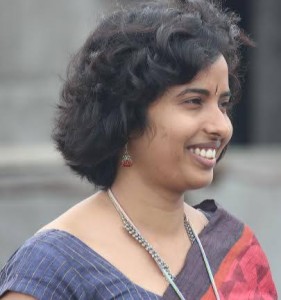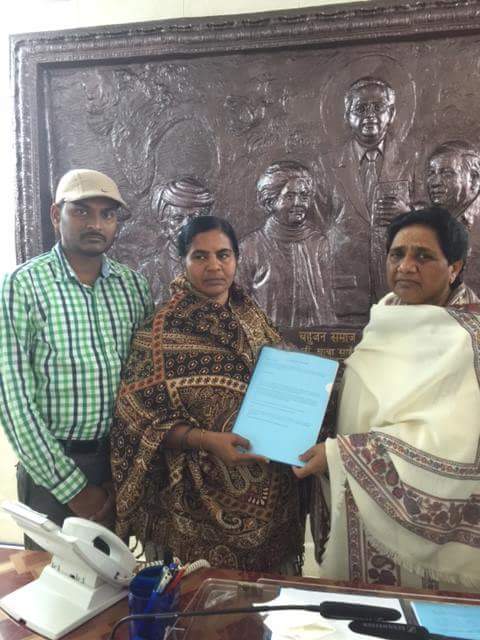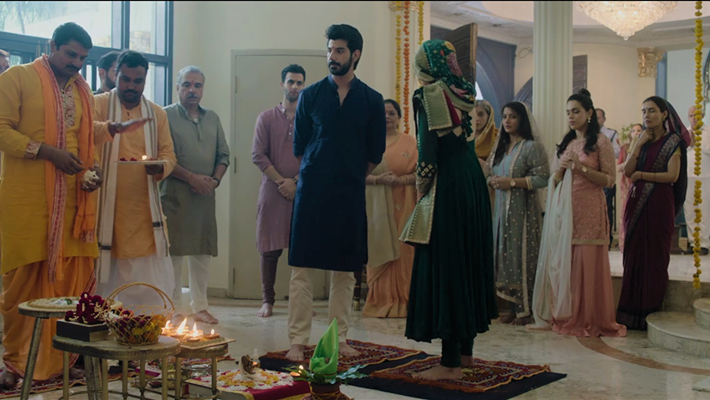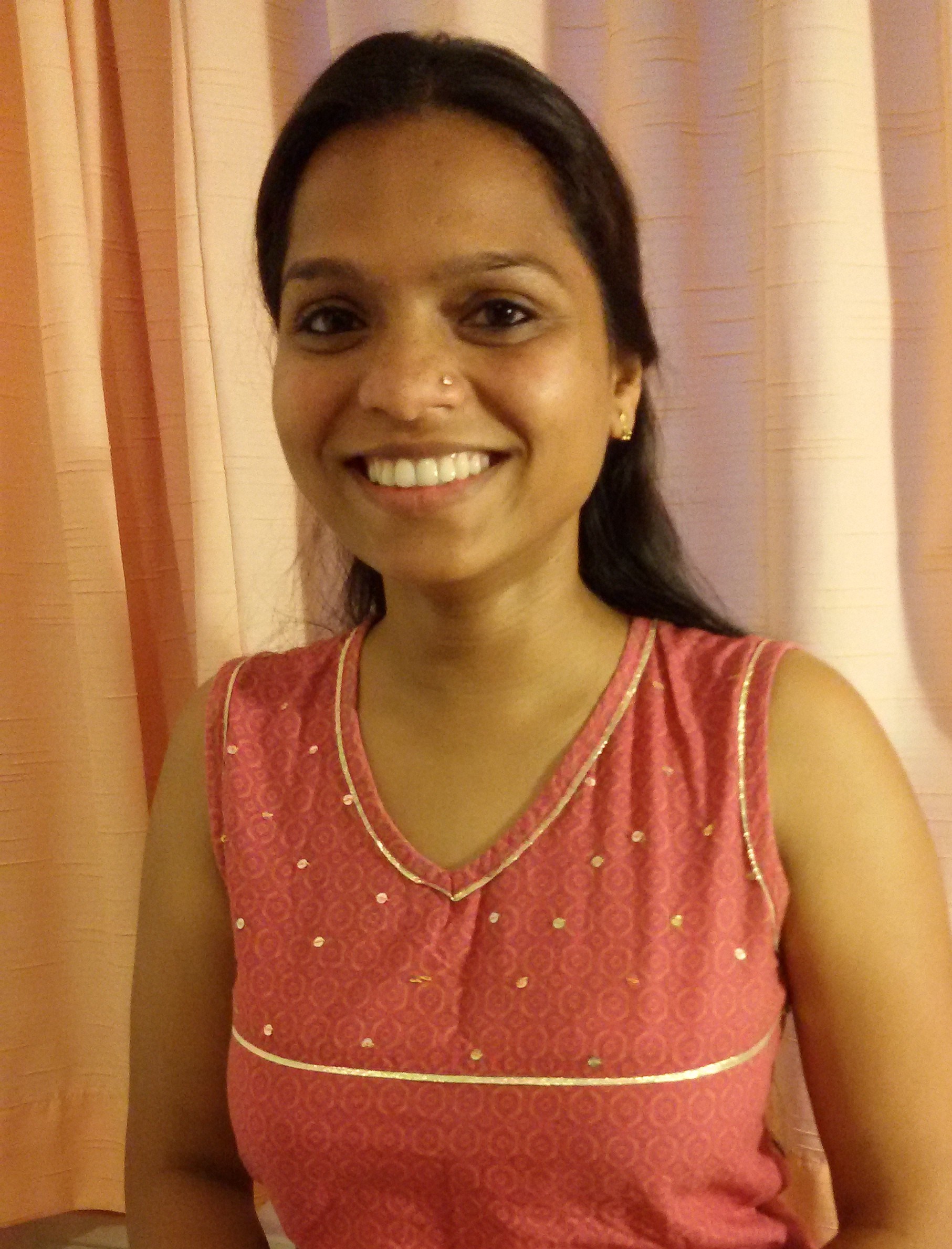Sreebitha P. V.
“Today if my grandmother was alive she would have been ecstatic to see me as a bride but at the same time heart broken to see me not decked up in gold from head to toe!!
From a very young age I knew I didn’t want to wear so much gold for my marriage.. For aesthetic reasons..
But as I grew up the feeling grew stronger on many other levels and today when I am getting married , i want to use this beautiful life I have and this amazing platform that cinema has given me to send across my strong vote of protest against the dowry system that we still shamelessly silently follow and dedicate my decision to the millions of parents who have spend their life time earnings on their children’s weddings!
Today I won’t be wearing a single gram of gold:)”
The above quote is from Rima Kallingal’s (a film star) status message on the day of her marriage. I saw this when one of my upper caste friends proudly uploaded her marriage photo, and recollected her ‘no gold’ marriage, along with Kallingal’s status message. I felt so uneasy for a moment when I thought of my own marriage for which I managed to wear some gold that my parents and relatives had given me. I had the same uneasiness when many of my feminist friends stopped talking to me after my wedding for the reason that I had worn gold for the day. But the moment I compared myself with Rima’s as well as some of my feminist friends’ socio-economic conditions, I realised that there is no need to be guilty or feel embarrassed.
“Today if my grandmother was alive she would have been ecstatic to see me as a bride but at the same time heartbroken to see me not decked up in gold from head to toe!!”
I thought about my grandmother who would be heartbroken if she sees me decked up in gold from head to toe! My poor grandmother who couldn’t manage to give any gold gifts, might probably have heard and was happy about my earlier decision that I will not wear any gold for my marriage. Yes, long ago, I had made such a decision (more about it below). My grandmother might have been happy then, because it meant that she did not have to spend any money on gold for me. And she did not have an antique ornament box, as we see in the Malayalam movies, from which she could have generously gifted me jewels and gold.
“From a very young age I knew I didn’t want to wear so much gold for my marriage.. For aesthetic reasons..”
I remembered my childhood when I used to so desperately long to have something in gold — at least a ring or an earring — and dreamt of my marriage and how it would be if I could wear 101 pavan* (brides wear such large amounts of gold in a standard wedding in Kerala). I was very reluctant to attend many gatherings, especially marriage functions, just because I didn’t have any gold to wear. I also remember my father pawning the gold that my mother somehow managed to buy from her savings and my strong anger against his actions. To compensate, he used to bring rolled gold for my mother! My mother was compelled to wear it because it was a question of status especially in a state like Kerala. So it was not aesthetic reasons which prevented me from wearing gold. It was just that I was born in such socio-economic circumstances.
“But as I grew up the feeling grew stronger on many other levels and today when I am getting married, i want to use this beautiful life I have and this amazing platform that cinema has given me to send across my strong vote of protest against the dowry system that we still shamelessly silently follow and dedicate my decision to the millions of parents who have spend their life time earnings on their children’s weddings!”
But as I grew up my feelings had changed and I became stronger when I read feminist theories and was very proud of many upper caste as well as upper class feminist friends who got married without wearing gold and who spoke strongly against dowry. Some years back, I had a conversation with a friend who is a dalit feminist and she was raising many interesting points regarding dowry. She told me that she told her parents to give her whatever gold they can because she is not going to get any share of property which was the “right” of her male siblings.
Interestingly, I also remembered another dalit feminist who somehow managed to wear 101 pavan gold because she got married to an upper-caste man. The reason she cited was that she needed the gold to confront her upper-caste in-laws. I thought about my own wedding (I too got married to an upper-caste man) and the reaction of a distant relative of my partner who told my mother-in-law that your daughter-in-law may be well-off and educated but none of these mattered because she is from a lower caste! I managed to get the label of ‘rich’ only because I managed to wear some gold. But what about the status of my caste? It remained the same!
Let me talk about my place and community, which would throw more light upon my socio-economic conditions. In my place we have the custom of giving gold gifts (mostly to the relatives of the bride) and money to the bride. All invitees would contribute a token amount with which the bride’s family would manage to meet the marriage expenses. A record of this would be maintained and a similar amount would be returned to each family that had made the gifts, when there is a wedding in that family.
Let me also make it clear that I was born and brought up in a locality where only my own community members live. Whether one is rich or poor, this was a common practice there.
Two of my close friends who lived in the same locality got married soon after we finished our M.A. Both of them were from my own caste; one was relatively better off than both of us. And of course, I was the poor one among the three of us. However, our well-to-do friend’s father made an announcement that he was not going to take any money from people for his daughter’s marriage and all of us knew that he had accumulated enough wealth to give gold to his daughter and meet the expenses of her wedding as well.
Unfortunately my other friend’s father was not alive at the time of her marriage but he had managed to buy enough gold and save some money in the bank for her marriage. I remember her wedding day when our well-off friend’s father had come and given her the token gift of money. She was very upset and told me: why is he doing this when he hasn’t taken any money from people for his daughter’s marriage! Though my friend was secure enough to meet the marriage expenses they were accepting the amounts which they had given away to others, earlier, for the marriage. So it is clear that this is a community system that was deliberately set up to help and support the community. In this kind of a community transaction no one would feel inferior or superior when they collected money from others.
“Today I won’t be wearing a single gram of gold:)”
A few days before my wedding, I decided to wear some gold.
When I decided to get married I thought I would not go for a traditional marriage by wearing thali or following any traditional customs including wearing gold. My partner was also very happy with that decision. I happened to visit my youngest uncle and aunt just a few days before my marriage and happily told them that I was not going to wear any gold. Their reaction was quite opposite to what I had expected. Both of them told me that you are doing a wrong thing. They said that people will blame my parents for not giving me any ornaments. Another aunt who was my well-wisher commented that if you don’t have enough money to buy gold, wear rolled gold and make your parents proud of you! She might have probably thought that my decision of not wearing gold comes from the grief that we do not have enough money to buy gold.
At the time of my marriage we were apparently financially secure because we had sold off our old house and my parents had managed to save some bank balance by then. However, my father had spent a lot of his earnings by giving token amounts to the bride or groom of all the marriages he had attended. They were expecting that they would be able to get the amount back when we (my sister and me) got married. My sister did not go for a conventional marriage hence this did not happen. And then I had a discussion with my partner who was strongly against me wearing gold as well as collecting money from people on the day of my reception. But later he agreed to it understanding the reasons and most importantly we were jobless at the time of marriage. On the one hand I made my parents happy, and on the other hand, to be honest, we were able to manage many financial crises thereafter with that gold.
My partner says that for the poor, gold is not meant as an ornament but only as a means for survival at a time of crisis. I am not very sure one can really reduce it to only a question of class. What about the experiences of women in the given socio-cultural context of Kerala? If it is only a class question, what about my dalit feminist friends who strongly argued for their right to have gold as part of property rights? What about my experience as an OBC woman? Moreover, many of my upper caste feminist friends have gone for ‘no gold’ marriages but followed religious conventions when they got married and yet they were considered and celebrated as radical marriages in feminist circles.
In fact, it is very easy for upper caste and upper class women like Rima to take a decision of not wearing gold for their marriage and to contribute lakhs for other causes. What about the OBCs and Dalits who cannot manage to wear gold even when they wish to do so, especially in the socio-cultural context of Kerala where gold symbolises social status! What about OBCs and Dalits who think that it is their right to gain this status by wearing gold? What about OBCs and Dalits who hopelessly believe that they can confront the casteist patriarchy by wearing gold?
Not wearing gold is considered as a radical act most often without considering all these caste/religious/class locations. Wearing gold may have different meanings in different contexts and locations. Especially the meaning of these acts are different in a space like Kerala and in spaces outside it. It is easy for one to get away from such conventions outside the state. Who is wearing gold and who is not wearing gold can only be read by placing one in the specific socio-economic context.
As I have pointed out earlier, my decision of not wearing gold was read as coming out of grief that I do not have it. It is like wearing Fabindia in upper caste feminist academic circles. Who can afford the expensive FabIndia clothes? Only women from upper caste and upper class backgrounds. And one is judged by one’s attire and dress even in such “enlightened” circles. So wouldn’t one be judged similarly in other situations, where one is supposed to wear gold?
One can also understand the relevance of such acts when we place it in the history of ornaments in Kerala. Until the 20th century, lower caste women were not allowed to use precious stones and gold ornaments and it was only the “right” of upper castes to wear them. Pulaya women were also forced to wear the Kallumala or Stone Necklace. The Kallumala Samaram (‘Stone Necklace Movement’, 1915) is a major historical event in Kerala in which the Pulaya women established their right to decide what to wear and what not to wear. In fact, just as lower caste women in Kerala had to fight to win the right to cover their breasts, they also had to fight to win the right to wear gold and other ornaments.
I remember the recent statement of Kancha Ilaiah lamenting that there is no theorisation from OBC women and that OBCs in India are in the process of Hinduisation. I don’t know whether I was able to theorise my experiences as an OBC woman. But one thing I am sure about is that women’s experiences are different, therefore one needs to be very careful when one glorifies the decisions of upper caste as well as upper class women, be it in the matter of wearing gold, or even regarding the dowry system.
*One pavan equals 8 gm of gold.
~~~
Sreebitha P. V. is Assistant Professor at the Dept. of English, Central University of Karnataka. She recently submitted her thesis titled “The Making of ‘Ezhava’: Caste, Communities and Gender among North Malabar Thiyyas and Thiruvithamkoor Ezhavas” to the Centre for Comparative Literature, University of Hyderabad. Her multidisciplinary research focuses on caste and gender in Kerala.
Cartoon by Unnamati Syama Sundar.
This article is also published in Round Table India.





mind blowing mam
Rima Kallingal is not an upper caste girl.She is infact half OBC (Ezhava ) and half Dalit.And she married a Muslim.
I am glad I stumbled on this article. Finally a few intelligent women are seeing the ridiculousness of flashy marriages, dowry, gold ornaments, all in the name of appeasing social, cultural and traditional norms. Such marriages may be fine with wealthy families if you consider trickle down economics, but is ruinous to low income and poor families. It is the very reason why women are considered a burden. At the same time, wearing a few ornaments should not lead one to get ostracized by overzealous feminists as in your case. Twenty five years ago, I married with minimal jewelry. I am glad more women and their partners are choosing to do so. Hope the trend continues and congratulations.
[…] that there are holes in their theory which need to be urgently plugged. For instance sample this article at Savari that talked about the attitude of Savarna women to ridicule a Dalit woman for wearing […]